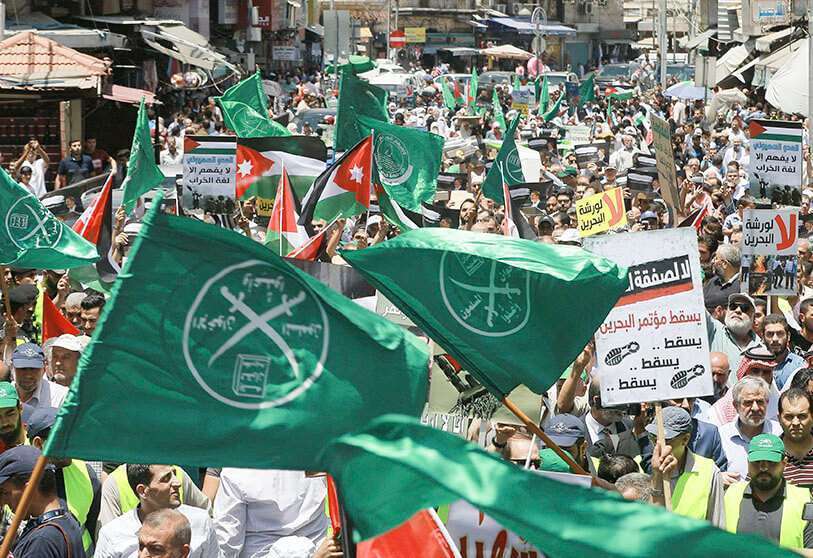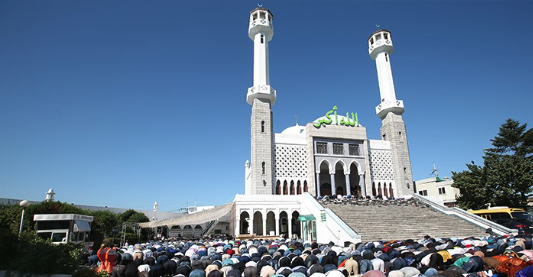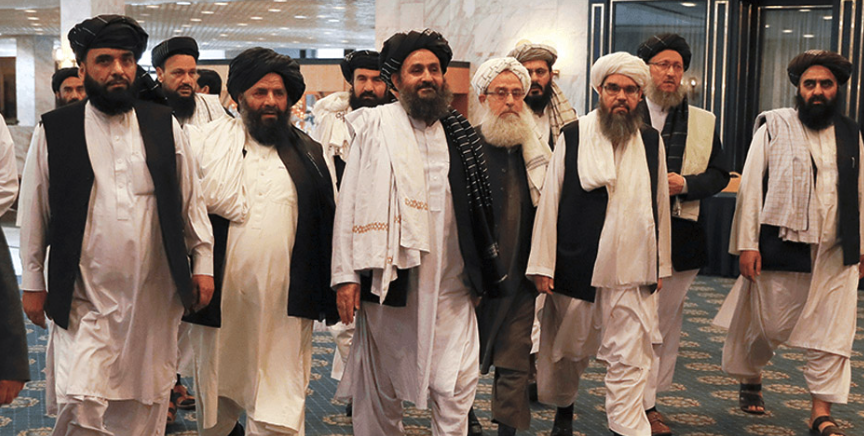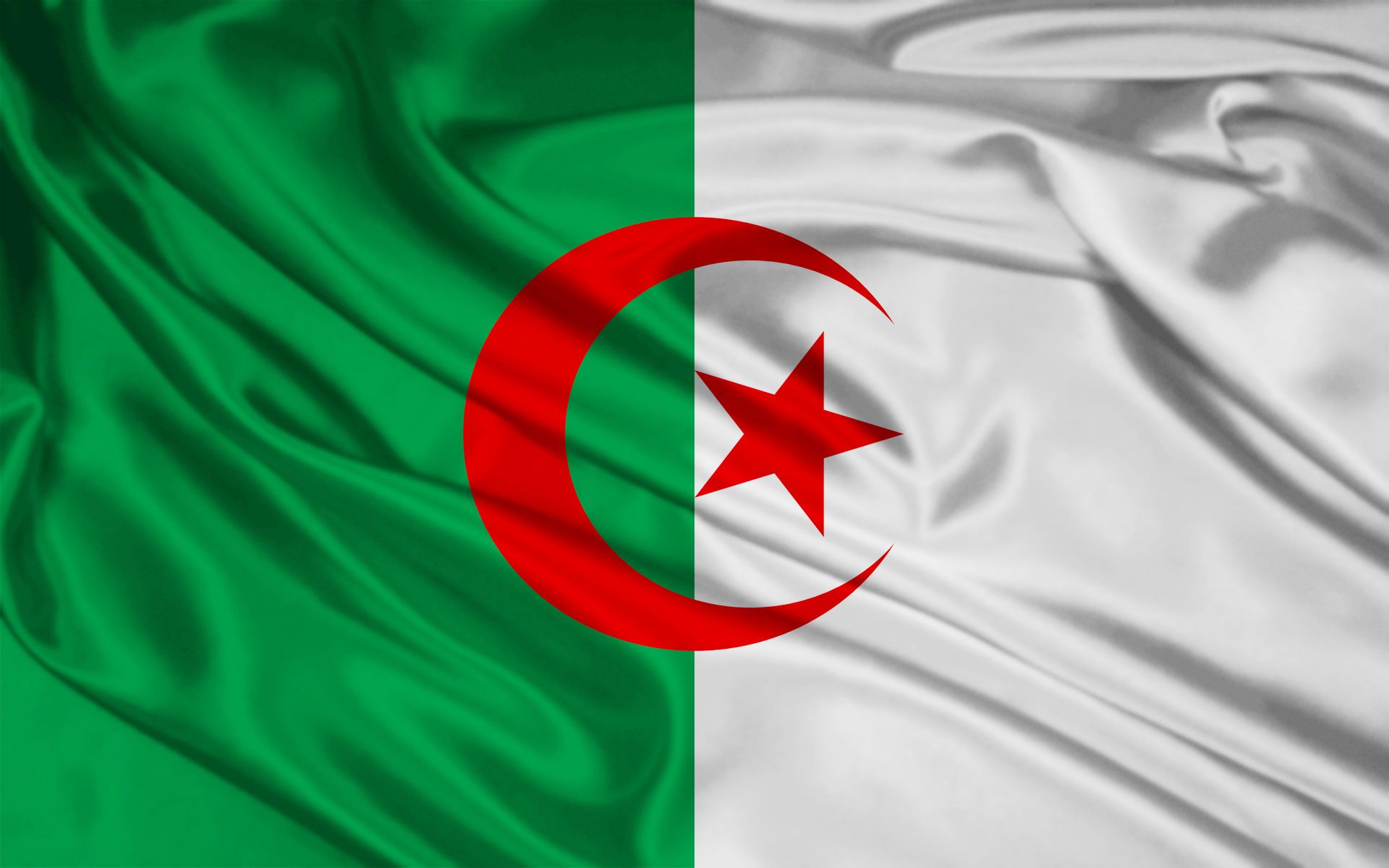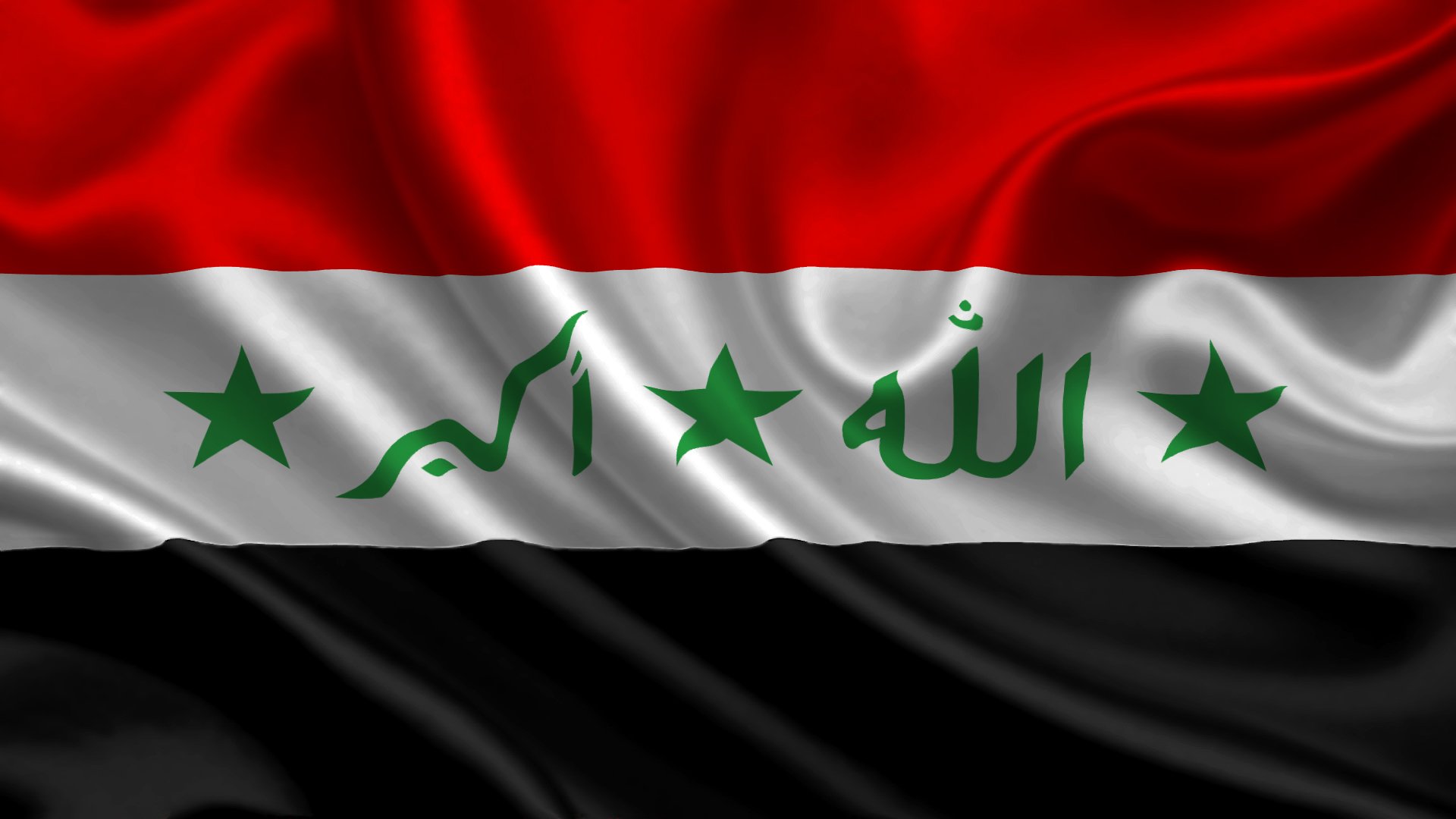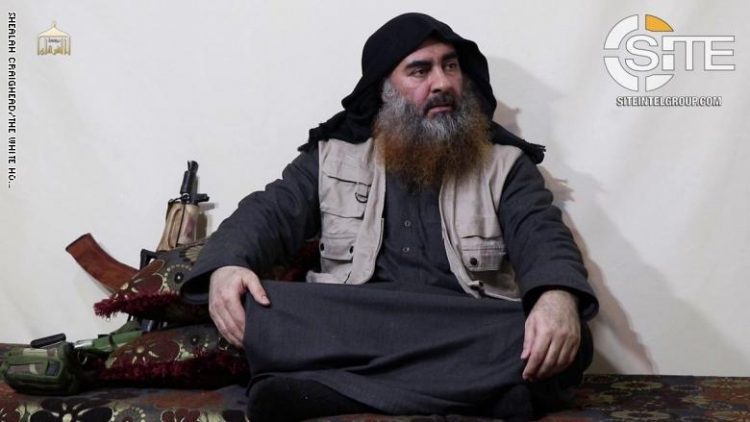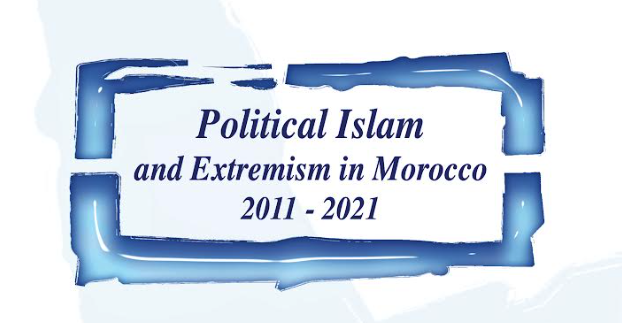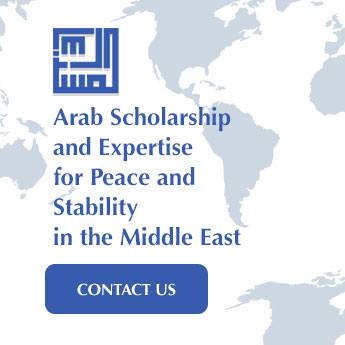Introduction
In its book “Islam in South Korea: Testimonies, Challenges and Terrorism” (Book 209, May 2024), Al Mesbar Studies and Research Center discusses the history of Islam in South Korea, and its cultural, political, social and economic interaction with society. The book covers: the emergence of Islam on the Korean Peninsula since the eighth century, focusing on several issues related to ancient history, before the Joseon Kingdom era, until the present time, and the presence of Muslims in the Korean records and sources, as well as the mutual civilizational influences between Arabs and Koreans and their contemporary representations.
The book explores the roots of Arab-Korean cultural and the commercial relations, reaching current testimonies from workers in the field of knowledge, or academics in the Korean schools and universities, where the study of the Arabic language flourished, after the growth of the Korean industrial influence in the second half of the last century on the one hand, and the continuation of economic relations with the Gulf Arab states, which employed Korean expertise at the time, and which benefit from the inspiring South Korean experience.
The book distinguishes between associations that serve Muslim immigrants and refugees to Korea, and those that target serving indigenous Korean Muslims, whose collective organization clearly returned in the 1950’s, then grew following the entry of the migrations from Asia and the Middle East, accompanied by the doubling of the number of new immigrants after the unrest in some countries such as Yemen, Syria, and others. The numbers exploded in the last decade.
The book addressed loopholes in the immigration laws, the challenges of identity questions, as well as terrorism, which erupted following the talk about South Koreans joining terrorist organizations in the Middle East.
The studies were introduced by Byung HWANG-Ha, professor emeritus at Chosun University in South Korea, and the studies addressed aspects of the history of Islam and Korea before the Joseon Kingdom, which began in 1392 and lasted for five centuries.
Researchers point to the Battle of Talas (751 AD), where Abbasid forces, led by Ziyad bin Saleh, clashed with the Tang Dynasty forces of China, as the first scene of the Koreans participating in the Chinese army’s connection to Islam. The Tang Dynasty had supported the Silla Kingdom, which unified the Korean Peninsula in 668. However, commercial contacts were earlier than this; the kingdom was influenced by contact with Muslims, whose influence in China grew until it reached its peak in the eighth century. The need for them increased after their skillful influence on maritime navigation and trade routes, especially after Arab and Muslim trading communities were formed in Guangzhou, China. The Silla Kingdom benefited from these maritime trades, which passed through Chinese ports.
Studies have been conducted on what the Korean monk Hyecho documented in his famous journey to India and Central Asia; titled “Memoirs of a Journey to the Five Kingdoms of India,” which took place in the first half of the eighth century. Despite the title of the book, he passed through large parts of the Abbasid State, documenting his observations, and perhaps what he heard about the Arab kings and the etiquette of dealing with them.
At the end of the eighth century, when trade between the Arabs and China began to expand, some Islamic products reached Korea, indirectly, via maritime trade routes. The pace of migrations increased following the Huang Chao Rebellion (874-884) in China, which disrupted trade routes and exposed commercial cities, such as Yangzhou, to chaos, prompting some Arab merchants to move their trade to Korea. They did not stay long until the Goryeo Dynasty (918-1392) began to expand its trade with them. When the Mongol invasion of Goryeo came in 1231, and Goryeo surrendered in exchange for preserving its identity and ruling family, Muslim influences grew, especially as the Mongols relied on Muslim administrators, some known as Hui Hui, who contributed to the administration of the Mongol Empire due to their great experience.
This was accompanied by the migration of some Muslims of Persian, Turkish, and Central Asian origins to Korea. There were others who visited Goryeo regularly, bringing goods, such as mercury and incense, and they were allowed to establish mosques in the capital, Kaesong.
The Goryeo Kingdom began to regain its political independence after the collapse of the Yuan Dynasty (Mongol rule) in China in 1368. Its king, King Gongmin, led a series of political and social reforms aimed at rebuilding the Korean identity and sovereignty, and reducing the impact of Mongol influence. Although his government began to lean toward Confucianism as a moral and political norm, King Gongmin at times turned to Buddhism. However, he was instrumental in removing the Mongol elites and returning agricultural land to the peasants, which strengthened an independent Korean identity.
The later Joseon Dynasty continued policies of strengthening an independent Korean identity. Under King Sejong the Great (who ruled between 1418 and 1450), Korea sought to reduce foreign influences. In 1427, the religious and cultural practices of the Hui Hui were banned as part of efforts to strengthen the country’s Confucian identity.
To prove the presence of Muslims in Silla and early Korean history, and in the context of humanizing myths on the level of problematic Muslim figures who were influential in the Korean Peninsula, Korean researcher Jin Han Jeong investigated the possible role of Cheoyong, who is claimed to be the first Muslim visitor to Korea mentioned in the Korean historical records, as a doctor who contributed to the alleviation and containment of smallpox during the Silla era!
Cheoyong had entered Korea in 879, coinciding with the flight of Muslims and their followers from China to Korea in 878 and 879, following the aforementioned Huang Chao rebellion (878-879). The study attempted to give Cheoyong an Islamic character, focusing on his Sufi nature, celebrating his rituals and dances on the one hand, and paying attention to a concept similar to the term ‘Baraka’ on the other hand; as it is believed that the people of Silla hung his pictures on doors to ward-off evil spirits, and a temple was built in the place where his miracles were stated!
Despite the absence of tangible historical evidence confirming that Cheoyong was a doctor, the researcher relies on the medical efforts that were prevalent in the Abbasid state at that time, especially since the merchant ships that sailed between China and the Arabian Peninsula carried doctors who treated infectious diseases. Based on these reviews, the researcher concluded that Cheoyong may be associated with the Abbasid State, or at least a figure that embodies an Islamic influence that reached Korea during that period.
In addition, Yoon Yong Su, a professor of Middle Eastern studies at the Pusan University of Foreign Studies, provided insights into the history of relations between the Korean Peninsula and Arabs and Muslims over various periods. The researcher focused on cultural and commercial exchanges that took place during the Goryeo Dynasty (918-1392) and the Joseon Dynasty (1392-1897), all the way to modern Korean history.
Yoon Yong Su pointed out the transfer of some cultural customs and techniques from the Arab world to Korea, including the technique of making the drink “arak,” which is believed to have been brought to Korea by the Mongols during their rule. This technique later developed into the basis for making “soju”; a traditional Korean drink that is traditionally made from grains or even rice. Distillation technology spread to areas such as Geumgyeong and Andong, and its influence continued into the modern era, which may reflect part of the continuity of the cultures that came with the Mongols, including the indirect Arab influence on Korean culture. The researcher has tried to prove some musical influences through cultural exchanges with the Arabs, especially during the Mongol period. He mentioned wind instruments, such as the Muzmar, which had a counterpart in the Korean culture, such as the Taepyeongso.
In terms of early geographical maps, the Arab travelers described the Korean Peninsula in detail. This appeared in the writings of Ibn Khordadbeh (died 912) in the ninth century, as he indicated Korea’s geographical location and commercial influence. Al-Idrisi (died 1165) also provided a detailed description of Korea in the twelfth century, which helped in drawing accurate maps of the region. Al-Masoudi (died 956) and Al-Farisi both provided references to the existence of trade exchange between Korea and the Arab world, indicating the importance of the Chinese and Korean ports in linking the Middle East and East Asia. In contrast, the first person to draw a map of the Arabian Peninsula from Korea was Kim Sa-hyung (1407) in the Jiangnido Map.
In a lengthy article that serves as a testimony, the South Korean academic and translator, Professor Emeritus of Arabic Studies at Myongji University, Choi Yeong-gil (Hamed) presented the Korean-Islamic cultural relations as mentioned in the Arabic sources and a number of modern references, focusing on the cultural dimensions and stages of their development. The historical witness began with the beginnings of contact between Koreans and Turks, especially since 1955 and its subsequent effects on the spread of Islam. But the most important thing in this testimony is the development of the movement to translate many sources and references from Arabic to Korean, in which the author of the research played a pioneering role.
Economically, the researcher at the Korea Institute for International Economic Policy, Kwon Hyung LEE, addressed the economic relations between South Korea and the Gulf Cooperation Council countries, especially in recent decades.
Mona Farouk Ahmed, a researcher and assistant professor in the Arabic Language Department at Busan University of Foreign Studies, addressed the reality and role of Islamic associations in South Korea, focusing on the institutions of the Korea Muslim Federation, which includes the Korea Islamic Culture Institute, the Korea Muslim Women’s Association, and the Korean Muslim Students Association (KMSA).
As for Farrah Sheikh, a research professor at Konkuk University in Seoul, her ethnographic study analyzed the formation of Islamic discourse and identities via Facebook among Korean Muslim youth, exploring the methods and dialogue strategies they use to build trust and acceptance, and normalize their integration into society as Korean Muslims.
Socially, Jeeyun Kwon, a lecturer at the Torch Trinity Center for Islamic Studies in Seoul, addressed the status of Muslim women in South Korea.
In a joint study, Chinese researcher Ling Yun Ma and Chinese researcher and academic Wang Jianping presented a study of the debates over the construction of mosques in South Korea. The study focused on the details of the debate and the conflict over the construction of mosques, especially in the capital, Seoul.
At the university level, Nagwa Khudairi, a professor in the Department of Arabic Studies at Myongji University, presented the teaching of Islam and the Arabic language in this university’s departments.
In parallel, researcher and academic Hala Thabet presented an analysis of the issues and articles on Islam and Muslims published by the ‘Korean Journal of Religions’ since its inception in 2010. It is the only academic journal dedicated to the study of religions, and it is published in English in South Korea as a refereed journal that is published twice a year.
At the level of studies of Islamist terrorism and its challenges, Rohan Gunaratna and Shin Chaeyi addressed in their joint study the indicators of the shift to radical Islam in South Korea, focusing on the Salafi groups and the Muslim Brotherhood, and highlighting how the Brotherhood, through the influx of immigrants and asylum seekers, especially from Egypt, was able to strengthen its presence in the country, starting in 1994, and establish an extremist discourse that contradicts the traditional local Islam.
In conclusion, Al-Mesbar Studies and Research Center extends its thanks to the researchers who participated in the book and those who worked on bringing it to light, especially our colleague Rita Faraj who coordinated this book.
Editor-in-Chief
Omar Al-Bashir Al-Turabi
May 2024


